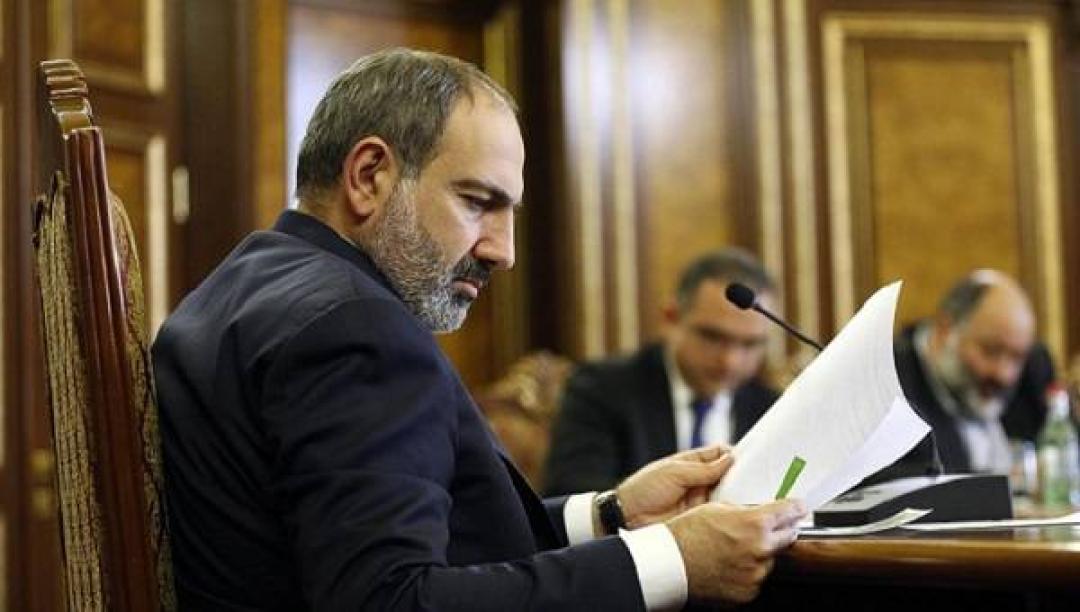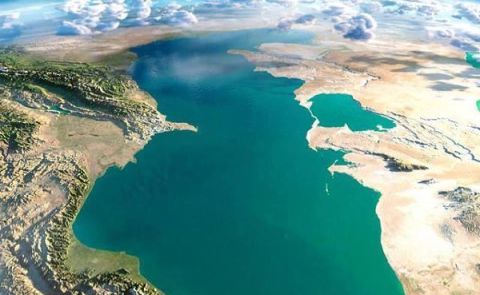
Pashinyan Insists on 1976 Soviet Maps for Armenia-Azerbaijan Border Delimitation

During a government session on May 16, Armenian Prime Minister Nikol Pashinyan stated that the border delimitation with Azerbaijan in Armenia's Tavush region relies solely on the legally valid Soviet maps from 1976.
Pashinyan emphasized that these maps underwent a verification process, referred to as a "duty procedure," in 1979. He warned that deviating from the logic of these maps in the border delimitation process would risk creating a perpetual source of escalation.
Pashinyan stressed the importance of maintaining the border established by the Alma-Ata Declaration of 1991, which designated the administrative borders of the former Soviet republics as interstate borders post-independence. "It was fundamental for us that no new border is created between our countries, but only reproduces the border established by the Alma-Ata Declaration. We now have references to the maps, and these are the last maps of the USSR that have legal force," he emphasized.
According to the Prime Minister, no significant issues exist in the Voskepar-Baganis and Berkaber village sections of Tavush. However, problems persist near Kirants village, where parts of the road and several houses are under Azerbaijani control. Pashinyan believes that compromise solutions can be reached through discussions.
Explaining the term "duty procedure," Pashinyan recalled an ongoing border reconciliation process between the former Soviet republics, which was in line with all-union legislation. The authorized body of geodesy and cartography of the USSR periodically requested and systematized decisions on the republics' borders, granting them legal force. This process established the administrative boundary between the Armenian SSR and the Azerbaijan SSR, confirmed in 1979.
See Also


Mirzoyan Meets US Deputy Assistant Secretary Joshua Huck

Azerbaijani President Holds Talks with UAE and German Business Delegations on Economic Cooperation

Grigoryan Confirms Armenia’s Readiness to Dissolve OSCE Minsk Group Upon Peace Treaty Signing

Azerbaijani Official Warns of Ecological Risks to Caspian Sea, Similar to Lake Urmia and Aral Sea

